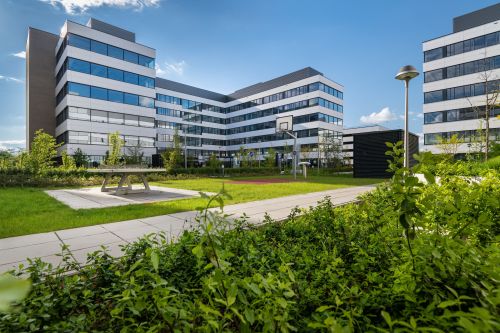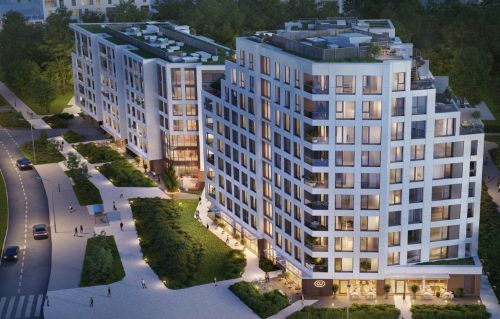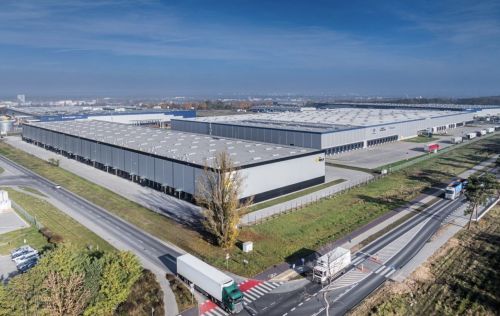Nathan North, Eurobuild CEE: How has the start of the year been in terms of capital market activity in our region? Has it been quieter than usual, given all the economic and geopolitical uncertainty? And how much of a hit have CEE capital markets taken due to the situation?
Dennis Selinas, CEO, Globalworth: In terms of individual transactions for private market real estate, investors are now taking a wait-and-see approach. There’s still a lot of uncertainty about central banks’ terminal interest rates in the EU, where the market expects increases up to 4 pct. Of course, central banks are responding to the inflation and although headline inflation measures are improving, core inflation remains an issue, especially in Europe where the European Central Bank started tightening financial conditions later. Furthermore, In Europe as well as in the US, labour markets remain robust with unemployment at record levels. The question is – how capable will central banks be in brin






























































